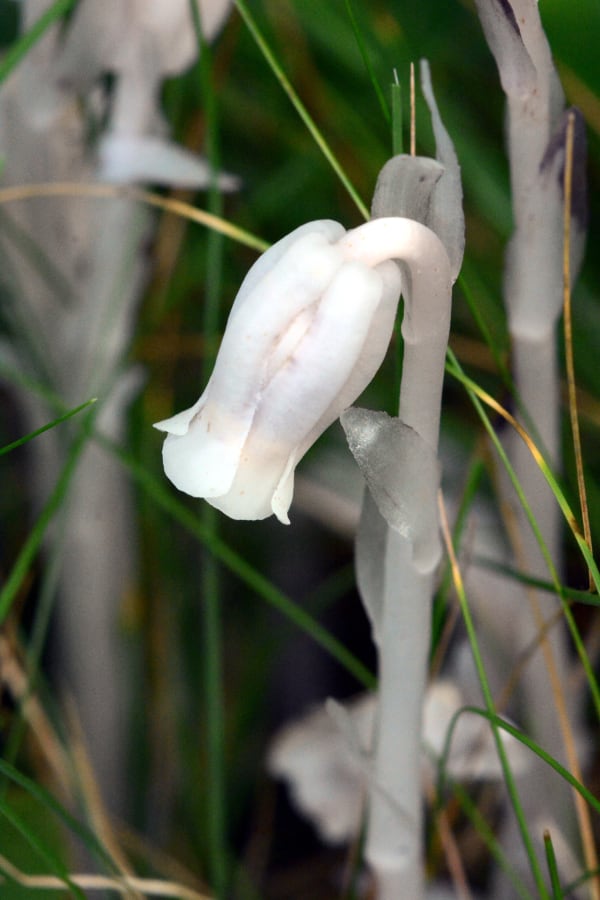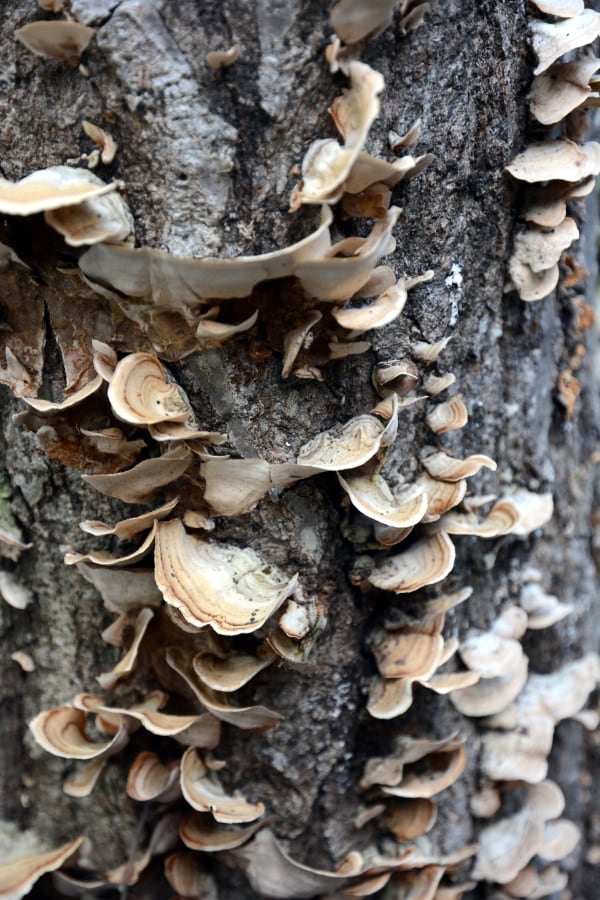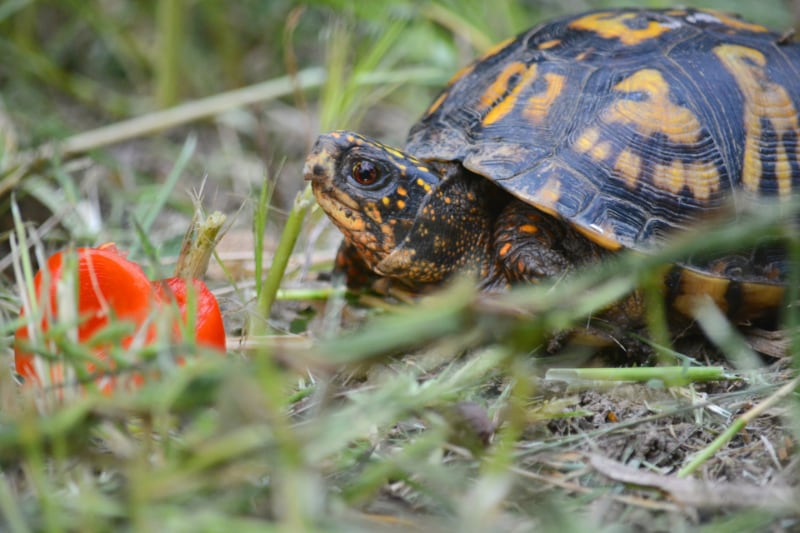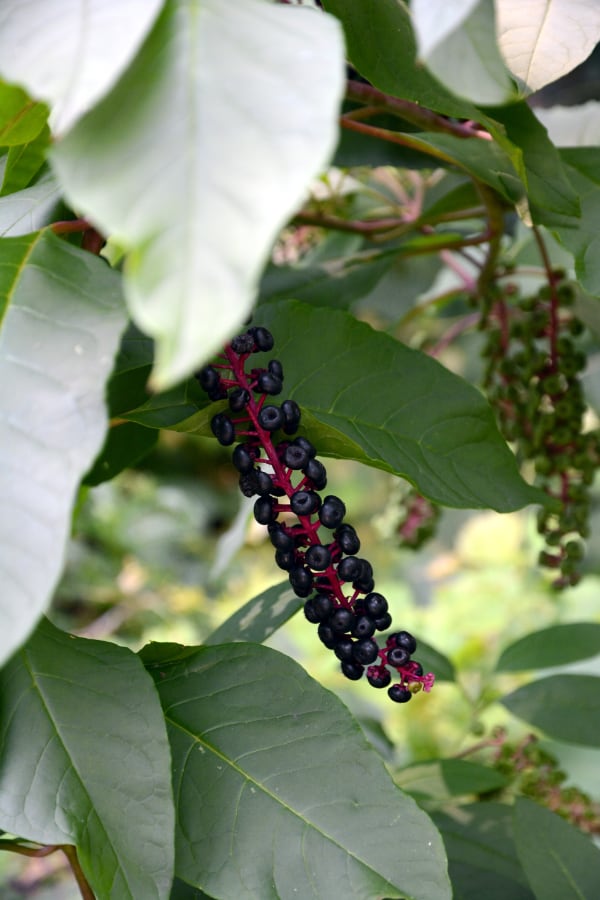
One of my favorite streaming channels is Japan’s NHK World, broadcast in English. It isn’t very pleasing when it has programs about other countries — I go there to learn about Japan — but it often has satisfying, even soothing shows about that country’s tremendous beauty and rich culture.
Fortunately, much of their programming is available on demand, so if they are broadcasting a program about social unrest in Thailand (an urgent subject, I’m sure, but not one aided by my learning about it. Besides, I turn to NHK to get away from television shows about social unrest), I can go to the archives and find something more interesting and often more relaxing.
For example, a couple of weeks ago I switched away, as is my wont, from the angry squawks of Laura Ingraham to whatever was on NHK. To my good fortune I landed on “Journeys in Japan,” a show in which Westerners explore different parts of the country, and we learn that the good part of Japan isn’t Tokyo. The episode that came on that night was “360 Degrees of Mt. Fuji: Hiking the Long Trail - Part 1.”
A year or two ago I did not understand Japan’s apparent obsession with Fujiyama — Fuji mountain in Japanese. Yes, it’s the tallest mountain in the country. Yes, it is a volcano, overdue for an eruption, the last one having been in December 1707. But so what? An online friend of mine, a Buddhist monk, I think, but apparently with strong Shugendo influence, posts a different beautiful picture of Fujiyama daily. Over the days and weeks I’ve found that the picture each day relaxes me and brings me some peace. I do not know why, but it does. I began to understand.

(An aside: The angles of the slopes of Fujiyama, as with the angles of the sloping sand in the bottom of an hourglass, are the “angle of repose.” That’s the point at which a particle is happy to stop rolling and stay put. NHK taught me this, with Fujiyama as an example.)
The program about the Long Trail — it was broadcast in two parts — followed a Canadian man as he hiked the 106-mile trail around the mountain, opened three years ago. The mountain is always in sight, and if you walk the whole trail you will have seen it from every angle. By the end I resolved that before I die I want to take that very long stroll.
While climbing Fujiyama is a a pilgrimage important to many in Japan, that doesn’t especially appeal to me. I would like to see Mount Rushmore, too, but I don’t want to climb the thing — that’s not what it’s for.
Anyway, NHK is often a wonderful place to spend some time and I always learn something there.
The other night, on the channel’s business report, I learned about a Hokkaido company that is using starfish to chase away crows. It seems that starfish contain some substance that reacts in ultraviolet light in a way that we cannot see, but crows can and they don’t like it. So they’ve made a crow-repellent paint from starfish extract.
This puzzled me, because I figured that Japanese people probably ate starfish. They eat many things that we would not find mouth-watering in the West, and much of it comes from the oceans that surround the country’s islands. (This is not a criticism. We eat a lot of things that wouldn’t withstand close examination.)
Investigating a bit, I learned that yes, starfish are edible. Well, some of them are. Some of them are poisonous. Which raises a different question: How did they find out which are which? This is a country that eats jellyfish (which I’ve had; it’s not bad but I never crave it), yet some jellyfish are so toxic that brushing against one will leave you in agony for your final hours in this life. The Japanese eat sea cucumbers, which are apparently very good for you. That’s fine — but have you ever seen one? How many other things would you try before you’d taste a sea cucumber? Or would you die first, from eating something highly poisonous but more attractive?

Or, why, not, the puffer fish? This is an odd-looking but kind of cute, inoffensive fish that blows up like a balloon when it is threatened. In Japan it is called fugu. and you have to study for many years before you’re allowed to prepare it (though in Japan the insistence on perfection is such that you have to study for years before you are considered a master of almost anything, such as knife sharpening). In this case, though, it’s important because while it is not itself poisonous, the puffer fish stores many toxins from its diet in its liver and ovaries. So you need to be an expert in separating the tasty bits from the poisonous (and maybe tasty, too) bits.
What especially puzzles me is how the Japanese (and everyone else — it’s not just a Japanese thing) figured out what is safe to eat and what will kill you.
Archaeologists tell us that fugu was eaten in Japan close to 3000 years ago. What lesson had they learned by the time? The toxins in the fugu’s diet are more pronounced at different times of the year — did they think that the fish was seasonally poisonous, the way we say that oysters are good only in months ending in “r”? Remember, few naturally occurring poisons announce themselves instantly the way the box jellyfish does. Many do their job hours or days later, or are accumulated in the system over time. How did we identify the culprits? We would have eaten other things since we ate the offending item.
I’ve always wondered how we decided to eat oysters. Did someone at the seashore say, “Hey, let’s smash this ugly rock, and if it’s full of snot, let’s eat it?” My guess is that hungry people noticed that birds and mammals were eating them with no apparent ill effect, so they gave it a try. Why they kept eating them after that is a mystery.
But that’s not always a reliable method, either. Many reptiles, especially lizards and turtles, are commonly eaten. One that isn’t is the box turtle. Why not eat it? Simple: the box turtle eats toadstools, the pretty but deadly mushroom, and the turtle stores those toxins in its fat. How did we discover this? Follow the box turtle’s lead and you’ll soon be dead. (Sea turtles are immune to box jellyfish venom, too.)

Woe to the person who said, “we could probably eat that — the buzzards seem to like it.”
The toadstool is my favorite example when I consider this puzzle, as I do from time to time because I think it’s fascinating.
Many mushrooms are poisonous. Many mushrooms are delicious. The two groups overlap. A lot of poisonous mushrooms do not kill you, but a lot of them will kill you stone dead. The problem for our prehistoric forebears is that they don’t kill you immediately. Some of them take days, without immediate symptoms. How do your survivors know the mushrooms were to blame?
Consider: prehistoric man is sauntering along and he comes to an area richly populated with mushrooms. He’s had mushrooms before and they were okay. (We do not believe prehistoric people were sauteing in butter with garlic.) So he grabs a mess of them and takes them back home. In a couple of very unpleasant days he and his family are dead. But they’ve eaten other things, too. How many other people died before it was figured out that this mushroom, and this one, and this one are poisonous? Once it was discovered, how was the word spread? Just as puzzling is how our species learned which mushrooms aren’t poisonous? The questions have historical significance: it is still debated whether poisonous mushrooms are what killed Tiberius Claudius Drusus Nero Germanicus — the Emperor Claudius — in 54 A.D.
Mushrooms are scarcely the lone example. Consider the castor “bean.” It is the source of castor oil. (Until just now, when I looked it up, I thought it was the headline ingredient in that bane of many childhoods, Fletcher’s Castoria, but that product contains no castor oil.) Anyway, its seeds are attractive and look like something it might be nice to munch on. Bad idea. Assuming you haven’t been made sick by just touching the plant — it produces one of the strongest allergic reactions known — eating the seeds will make you dead by the end of the week unless you receive treatment. Its poison, ricin, is so toxic it was used as a weapon by the Soviet Union. It does not take much.
Or, why not, tomatoes and potatoes. Both of these are members of the deadly nightshade family. Tomatoes contain very small amounts of atropine and tomatine, both of which in sufficient quantities are poisonous to people. The leaves and stems contain more, though you’d have to eat more than you’d probably like in order to get sick. Potatoes are worse. Their leaves and stems are poisonous. So are potatoes that have turned green during storage.
Of interest in our discussion is how it came to pass that people learned that the plants are not good for you, but the strange lumps underground growing from their roots are good for you? My guess is that we learned by watching pigs rooting — yup, that’s where the word came from — for potatoes in the ground under the plants. (This isn’t always the safest thing, because pigs are immune to some poisons that are toxic to us.)
How did we learn that poke sallet (sometimes called “polk salad”) leaves are edible when cooked but not raw, while its berries, favorites of birds, aren’t safe to eat at all? Or that rhubarb leaves are poisonous but the stems attached to those leaves are just fine? How would anyone guess that? Who would want to try?
The list goes on.
And that’s before we get into microorganisms — yeasts, molds, bacteria. Again we’ll return briefly to Japan, where fermented foods are especially important.

Fermentation was initially used to preserve food there. Pickling, there and here, often involves fermentation (the exception is when things are preserved in vinegar — itself the product of fermentation). The popular traditional food natto is the result of fermentation and some people find it edible. Soy sauce, which is delicious, is fermented. There are fermented fish products, the one best known in the West being fish sauce.
We ferment things, too. The ones that come to mind are alcoholic beverages. Lest you think that the line between harmful and beneficial is a bright one, remember that these are called in*toxic*ating beverages. We make real pickles and sauerkraut, too, both the products of fermentation.
Our bread is made through the use of yeast. There are many, many kinds of yeast and not all of them are good. It had to be a rough time finding the useful ones.
In a few cases it is known how we came to make use of beneficial microorganisms, though mostly we can only guess. Those whose experiments were unsuccessful often were not around to document it. Aspergillus sojae produces tasty soy sauce, while Clostridium botulinum produces agonizing death (or faces paralyzed in our fight against aging). It is unlikely that we guessed correctly the first time.
If I could start over, and had several lives available to me (there being many things to investigate), I think it would be fascinating to track down a few of the sometimes heroic, often tragic ways we learned what we can safely eat and what we cannot.
As it is, I will, as I think you should, pause from time to time to offer thanks for the people who for thousands of years discovered which things are edible. They didn’t do it because they wished to make scientific advances but because they were hungry, but still.
For added enjoyment, you might ponder it while enjoying My Mochi, balls of ice cream surrounded by mochi. (Mochi is an amazing substance made by pounding glutinous rice for a very long time. The result is something that will remind you of marshmallow, except that you can chew it all afternoon and it won’t dissolve the way marshmallow does. So you must swallow it a little at a time. There’s a Japanese proverb that translates “chew your mochi carefully.” Sometimes when people don’t, it kills them. But now you know, so it won’t kill you.
And while you’re enjoying your mochi, you can perhaps listen to the sweet NHK show, My Street Piano. It is good for the soul.
Don’t be surprised, though, if it makes you want to take a long walk around Fujiyama.

Dennis E. Powell is crackpot-at-large at Open for Business. Powell was a reporter in New York and elsewhere before moving to Ohio, where he has (mostly) recovered. You can reach him at dep@drippingwithirony.com.
You need to be logged in if you wish to comment on this article. Sign in or sign up here.
Start the Conversation